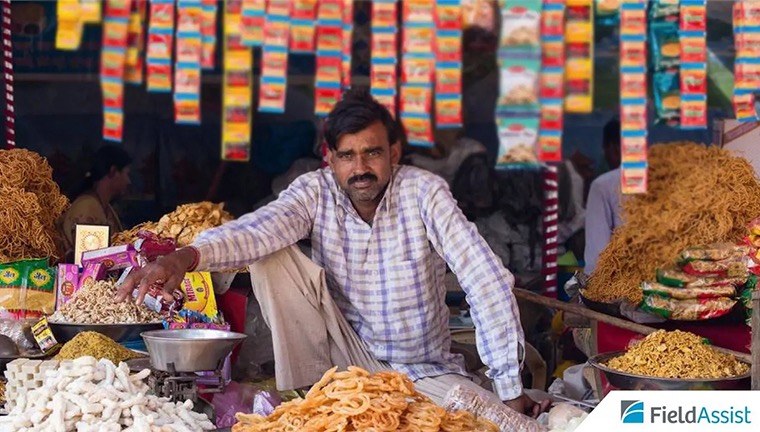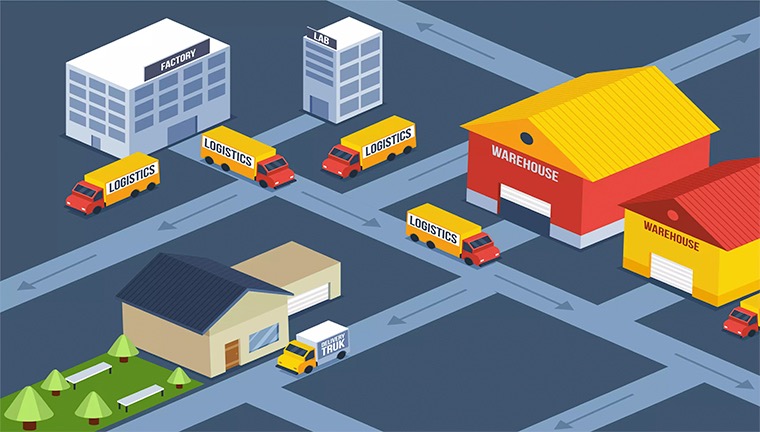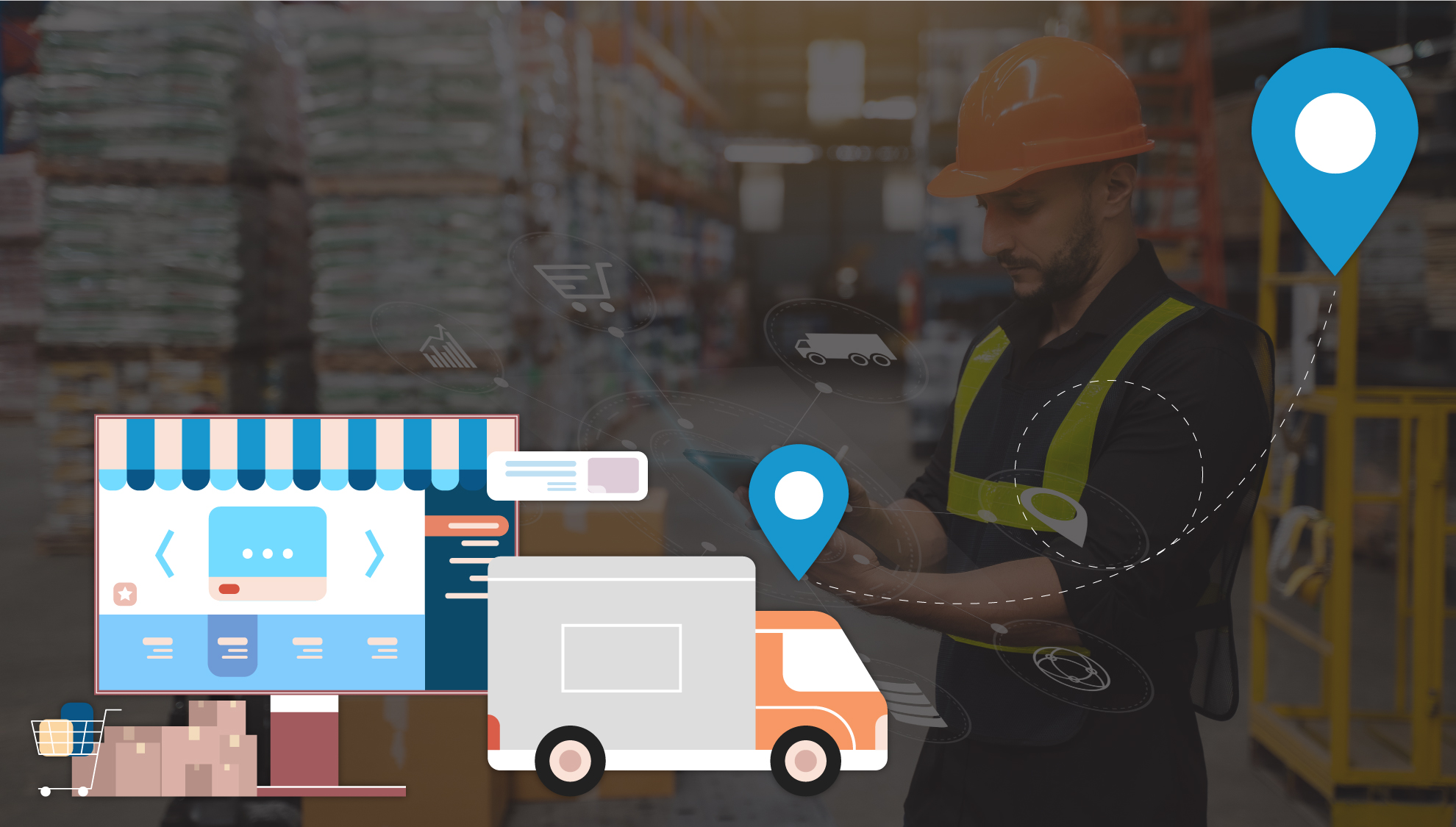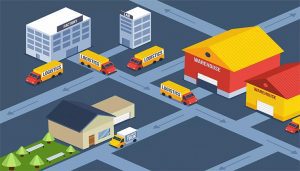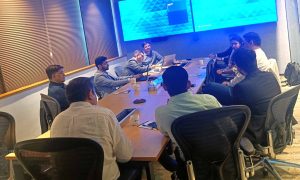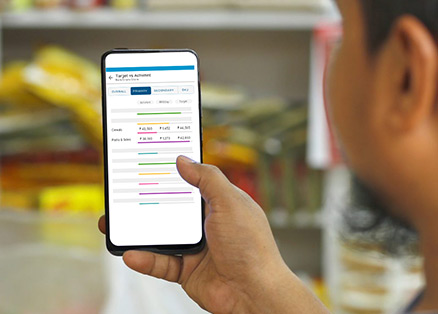Hari is a 40 year old resident of the Bhogpur village district, 75 km from Kolkata. For several years, he travelled almost 20 km to find the nearest bank branch to withdraw or deposit money. However, with the digitalised common service kendra opening up right next to him, he can easily take care of his banking and bill payments as well as insurance, mobile top-ups, all available digitally. This is the new rural India.
Rural India is expected to leapfrog urban India and constitute nearly half of all Indian internet users by 2020. According to a market research by Nielsen, rural consumption grew by 9.7% in 2018, as compared to 8.6% in the urban sector. Moreover, both ITC and Hindustan Unilever had their rural customers to thank in 2018.
The sales of the former grew by 15.4% and that of the latter by 10% in the September 2018 quarter. This is just the beginning, as the FMCG sector in rural and sub-urban India is estimated to cross over US$100 billion by 2025. Amongst the leading retailers, Dabur generates over 40-45% of its domestic revenue from rural sales. Hindustan Unilever’s rural revenue accounts for 45% of its overall sales while other companies earn 30- 35% of their revenues from rural areas.
“In India, for a long time now, rural markets have clocked a higher growth than urban markets mainly because the headroom for growth is bigger for the rural space and affordability and awareness is growing there” said Sameer Shukla, executive director, retail measurement services, South Asia, at Nielsen.
For the last few years, the rise in rural sales has been undoubtedly driving the FMCG sector. With these advancements and growth, consumers in the rural areas of India have learnt to embrace online purchases and therefore drive consumption significantly. This brings us to the topic of distribution in rural India. While digitizing distribution in rural India was an extreme challenge 5-6 years ago, things have seen better light in the past few years.
Some of the challenges that faced rural markets in the past included, but were not limited to, dispersed population and trade, poor road connectivity, multiple tiers, lack of digital connectivity, inadequate banks and credit facilities. The high costs of distribution due to geographical spreads still poses a challenge by restricting a lot of products from entering the rural market. Moreover, rural consumption was more restricted than it is today. However, the present rural India is adapting and digitizing.
Increased reach and visibility has allowed for better SKU tracking. Improved connectivity has led to organizations catering to rural needs for clothes, consumer durables, kitchen equipment, agri-products and more. Distributors are leveraging peak seasons, delivery vans, collaborations, working with small scale manufacturers and lots more.
With changing consumerism even in rural India, it is only about time that the rural FMCG sector in India would leverage a distributor management software in-spite of the resistance presently faced at various levels.
However, there currently isn’t a solution like the distributor management software catering to the needs of the rural FMCG market. Previously, this was the case due to technological challenges and the high focus on agriculture in rural India. In the past four decades the contribution of agriculture to India’s GDP has shrunk from nearly 50% to about 15% and the rural folk have been diversifying out of agriculture. Non-farm activities such as construction, manufacturing and services account for almost 61% of rural India in the past few years, and a lot more today.
It is important to note that the Distributor Management Software approach towards rural India would have to be novel and not an ape of the way it is for the urban sector. It is important to analyze the number of mobile users vs computer users, to cater to the right number of people. The distributor management software would have to be slowly introduced into rural India, and would have to prove itself to stay. Once implemented, challenges such as multi-brand distributors, system integrations, conservative brand owners will definitely creep up, but then, is it really a revolution if it doesn’t come with resistance?
About Post Author
Paramdeep Singh
Param is the CEO at FieldAssist. He brings over 12 years of extensive entrepreneurial experience. He is extremely passionate about the FMCG Industry with a focus on technological innovation to drive consumer business outfits, skilfully integrating traditional retail channels with technology solutions that are transforming the face of the Sales Force Automation industry in India. He is well known and recognised for his leveraged collaborative and distinctive leadership skills.

